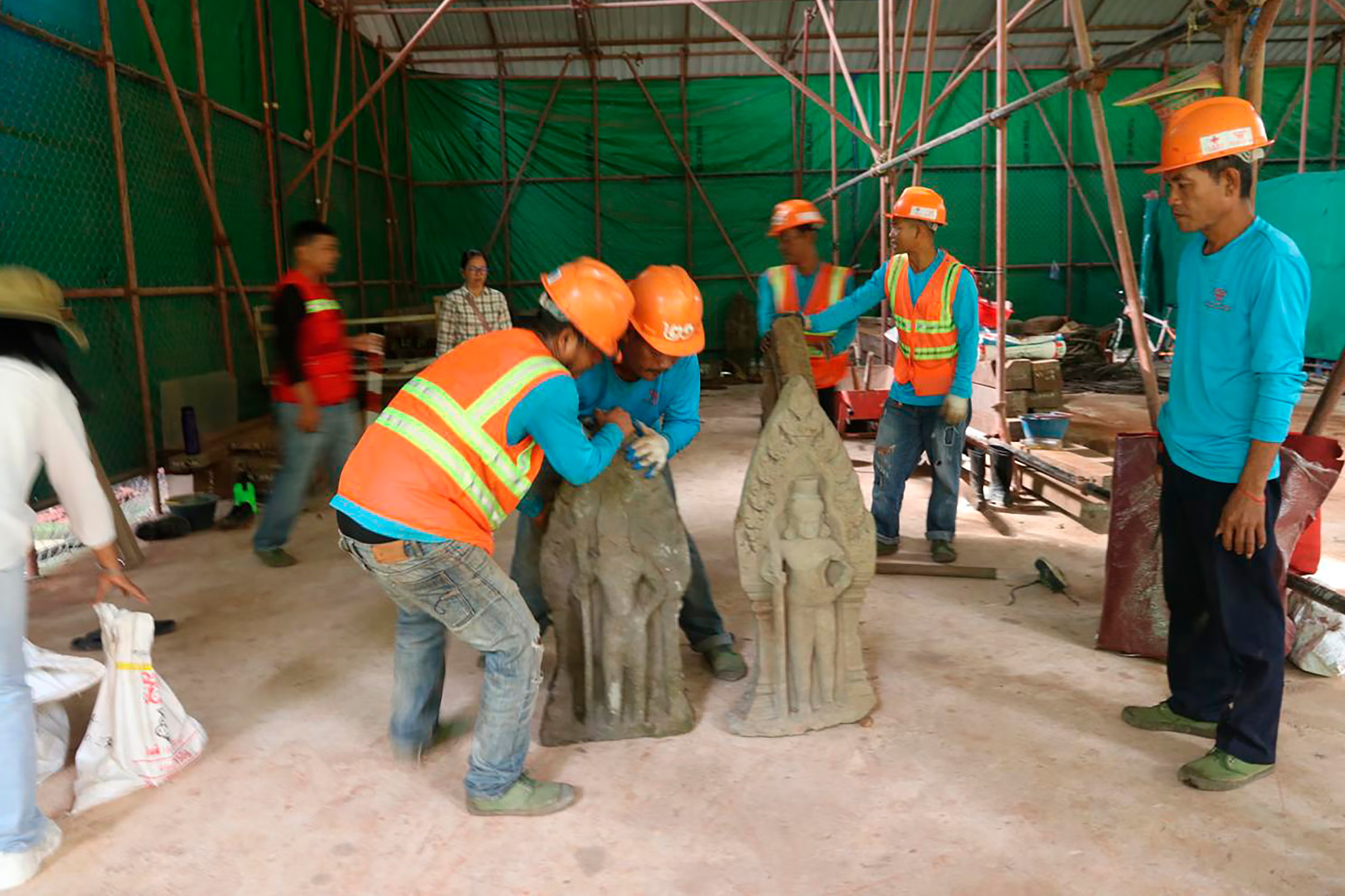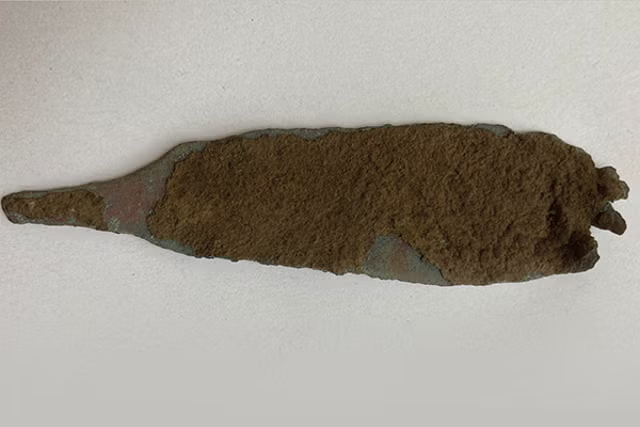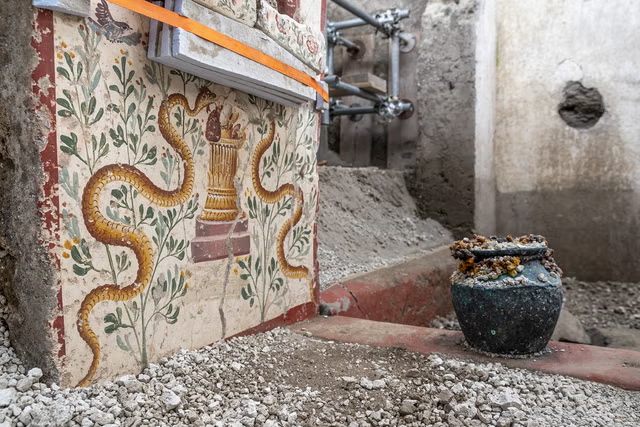Your support helps us to tell the story
Support NowThis election is still a dead heat, according to most polls. In a fight with such wafer-thin margins, we need reporters on the ground talking to the people Trump and Harris are courting. Your support allows us to keep sending journalists to the story.
The Independent is trusted by 27 million Americans from across the entire political spectrum every month. Unlike many other quality news outlets, we choose not to lock you out of our reporting and analysis with paywalls. But quality journalism must still be paid for.
Help us keep bring these critical stories to light. Your support makes all the difference.
Archaeologists have discovered a dozen centuries-old sandstone statues - so-called ‘door guardians’ near an ancient temple in Cambodia.
The “remarkable discovery” was at the Angkor World Heritage Site near the city of Siem Reap, authorities said on Wednesday.
The statues were discovered last week near the north gate leading to the 11th-century Royal Palace at Angkor Thom, the last capital of the Khmer Empire, said Long Kosal, spokesman for the Apsara National Authority, the government agency that oversees the archaeological park.
The statues depict guardians standing at attention and vary in size from about 1 meter to 110 centimeters, or about 39 to 43 inches. They were found buried at depths of up to 1.4 meters (4.5 feet) and some are in surprisingly good shape, with each featuring unique facial hair ornaments, adding to their distinctiveness, archaeologist Sorn Chanthorn said.
Teams were assessing the ancient gate’s structure and searching for fallen stones around the portal on the north side of Angkor Thom, one of four entrances to the complex, when the discovery was made.
“Experts believe these door guardian statues exemplify the Khneang Style, aligning with the construction period of the 11th-century palace.” the Apsara National Authority said.

Angkor Thom is part of the Angkor Archaeological Park, a complex that sprawls over some 400 square kilometers (155 square miles), named a UNESCO World Heritage Site in 1992 and one of Southeast Asia's most popular tourist destinations.
It contains the ruins of Khmer Empire capitals from the 9th to 15th centuries, including the temple of Angkor Wat.
The site, near Siem Reap, about 200 miles (320 kilometers) northwest of the capital, Phnom Penh, drew more than 500,000 international visitors in the first half of 2024, according to Cambodia’s Tourism Ministry.
The archaeological dig was a collaborative project between Apsara and the China-Cambodia Government Team for Safeguarding Angkor, Apsara said.
Following the discovery of the statues, the archaeological team carefully documented their positions before removing them for cleaning and restoration. They will eventually be returned to their original locations, authorities said.

Many Khmer cultural treasures were looted during the long period of civil war and instability when Cambodia was ruled by the brutal communist Khmer Rouge regime in the 1970s.
Cambodia has benefited from a trend that in recent decades has seen the repatriation of art and archaeological treasures taken from their homelands. In August, it celebrated the return of dozens of artifacts from museums and private collections abroad.
It has also come under criticism for efforts to clean up the Angkor site, which has involved relocating thousands of families in what Amnesty International has condemned as a “gross violation of international human rights law.”
At its meeting in July, the U.N.'s World Heritage Committee recommended that Cambodia invite a new team of experts to monitor the situation.
Disclaimer: The copyright of this article belongs to the original author. Reposting this article is solely for the purpose of information dissemination and does not constitute any investment advice. If there is any infringement, please contact us immediately. We will make corrections or deletions as necessary. Thank you.



